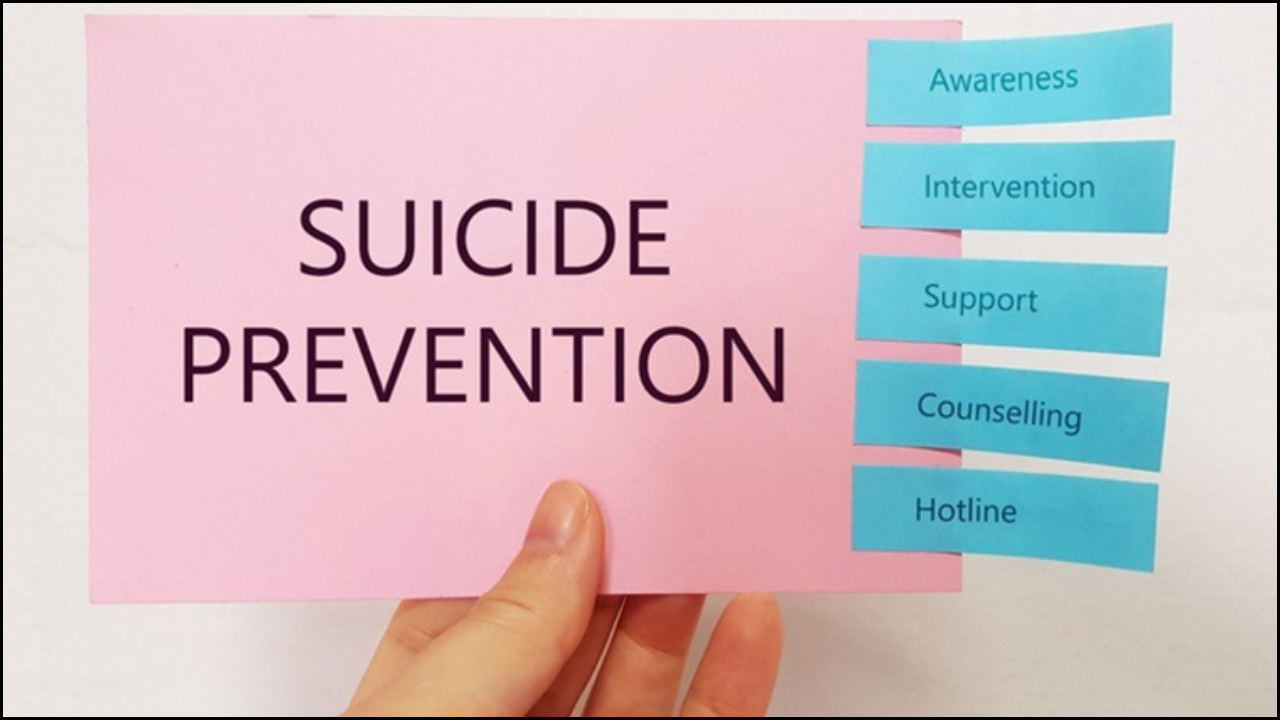
Awareness of suicide warning signs can make a life-saving difference. Every year, thousands of lives are lost to suicide, many of which could have been prevented through early recognition and timely support. Emotional distress often goes unnoticed, yet people usually display signs that they are struggling. Understanding these signals and learning how to respond with compassion can help prevent tragedy and offer hope.
Table of Contents
Recognizing the Warning Signs
Suicide rarely happens without warning. Most individuals show clear signs of distress weeks or even months before taking drastic steps. Paying attention to changes in behavior, emotions, or physical health can help identify when someone is at risk.
Common Suicide Warning Signs
- Statements or Threats of Suicide
- Verbal cues like “I want to die” or “I can’t go on” should never be dismissed as attention-seeking.
- Even indirect hints—such as jokes about death or saying the world would be better without them—require immediate attention.
- Preoccupation with Death or Hopelessness
- Increased talk about death, dying, or hopelessness is a critical sign.
- This may manifest through conversations, writing, or art that focuses on loss and despair.
- Drug and Alcohol Use
- Nearly half of suicide cases involve intoxication.
- Substance use lowers inhibitions, making impulsive actions more likely, especially among youth under 25.
- Giving Away Prized Possessions
- When individuals begin gifting personal belongings, pets, or heirlooms, it may indicate they are preparing for death.
- Saying Goodbye
- Some people make amends or reach out to loved ones one last time. This action often appears as closure, but could signal intent.
- Increased Isolation
- Withdrawal from social circles, hobbies, and previously enjoyed activities often points to emotional distress.
- People may ignore calls, texts, or social invitations, preferring solitude.
- Extreme Emotional or Behavioral Changes
- Mood: Increased hopelessness, irritability, or anger.
- Personality: Noticeable withdrawal or detachment.
- Activity Level: Sudden fatigue or hyperactivity.
- Appetite: Drastic changes in eating habits.
- Sleep: Insomnia or oversleeping.
- Physical Health Complaints
- Chronic pain, headaches, fatigue, or digestive issues may result from prolonged emotional stress.
- These physical symptoms often appear when mental health is severely affected.
- Self-Injury or Frequent “Accidents”
- Behaviors like cutting, burning, or hitting oneself often stem from deep emotional suffering.
- Although not always suicidal in intent, self-harm indicates a need for help and emotional support.
- Sudden Mood Elevation After Depression
- A rapid improvement in mood after a long period of sadness can be deceptive.
- The person might feel relieved after deciding to end their life, which increases the risk during this period.
Overview of Major Suicide Warning Signs
| Category | Typical Behavior or Sign | Possible Meaning | Recommended Action |
|---|---|---|---|
| Verbal Warnings | “I wish I were dead,” “You’ll miss me when I’m gone.” | Expressing hopelessness or suicidal thoughts | Take all such statements seriously; offer immediate support. |
| Behavioral Changes | Withdrawal, giving away possessions | Preparing for death | Ask directly about their feelings and safety. |
| Emotional Shifts | Sudden calmness or relief | Possible decision to die | Encourage conversation and monitor closely. |
| Substance Use | Increased alcohol or drug use | Coping with distress | Encourage professional intervention. |
| Physical Complaints | Sleep loss, pain, and appetite changes | Psychosomatic distress | Suggest a medical and mental health evaluation. |
How to Respond When You Notice the Signs
Recognizing a warning sign is only the first step. Knowing what to do next can save a life. Compassion, patience, and direct communication are essential when helping someone in distress.
Steps to Take
- Start a Conversation
- Speak calmly and privately.
- Express genuine concern, for example, “I’ve noticed you seem down lately, and I care about you.”
- Avoid judgment or minimizing their pain.
- Ask Directly About Suicide
- It’s a myth that talking about suicide plants the idea.
- Asking “Are you thinking about ending your life?” can open a path to honest discussion.
- Listen Without Judgment
- Allow the person to share feelings openly.
- Avoid interrupting or offering immediate solutions.
- Encourage Professional Help
- Suggest contacting a counselor, doctor, or mental health service.
- Offer to accompany them to appointments if they feel nervous.
- Remove Immediate Dangers
- If you suspect imminent risk, remove access to weapons, medications, or alcohol.
- Stay with the person until professional help arrives.
- Contact Emergency Services
- If danger seems immediate, call emergency services or a suicide prevention hotline.
Immediate Help Resources
| Service Type | Contact Information | Availability |
|---|---|---|
| Suicide Prevention Lifeline (USA) | 988 (call or text) | 24/7 Confidential Support |
| Crisis Text Line | Text “HELLO” to 741741 | 24/7 Chat Support |
| FSA Crisis Services (California) | 831-459-9373 / sps24hr@fsa-cc.org | 24/7 English & Spanish Support |
| Suicide Is Preventable | suicideispreventable.org | Online Resources & Education |
Understanding Risk Factors
Certain factors can make individuals more vulnerable to suicidal thoughts or behavior. Recognizing these can further help identify at-risk individuals.
- Mental Health Conditions: Depression, anxiety, bipolar disorder, and schizophrenia are strongly linked with suicidal behavior.
- Substance Abuse: Alcohol and drugs increase impulsivity and hopelessness.
- Trauma or Abuse: Experiences of violence, neglect, or loss can trigger suicidal ideation.
- Chronic Illness: Long-term pain or disability may lead to despair.
- Social Disconnection: Lack of supportive relationships or feelings of isolation raises risk.
- Family History: A history of suicide or mental illness in the family increases vulnerability.
Risk Factors and Prevention Strategies
| Risk Factor | Description | Prevention Strategy |
|---|---|---|
| Depression or Anxiety | Persistent sadness or worry | Early diagnosis and counseling |
| Substance Abuse | Misuse of alcohol or drugs | Addiction treatment and support groups |
| Relationship Problems | Conflict or loss of loved ones | Open communication and therapy |
| Chronic Illness | Long-term medical pain | Medical management and emotional support |
| Isolation | Social withdrawal | Building social connections and community involvement |
Final Thoughts
Understanding suicide warning signs and responding appropriately can transform despair into hope. Every conversation and act of empathy has the potential to save a life. People who feel suicidal often don’t want to die—they want relief from unbearable pain. By learning to recognize these signals and connecting individuals to help, communities can create an environment of support, compassion, and safety for everyone.





